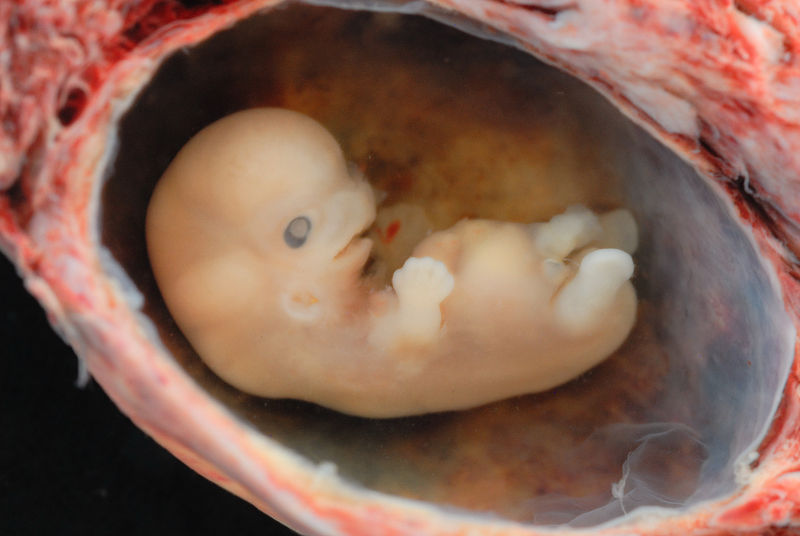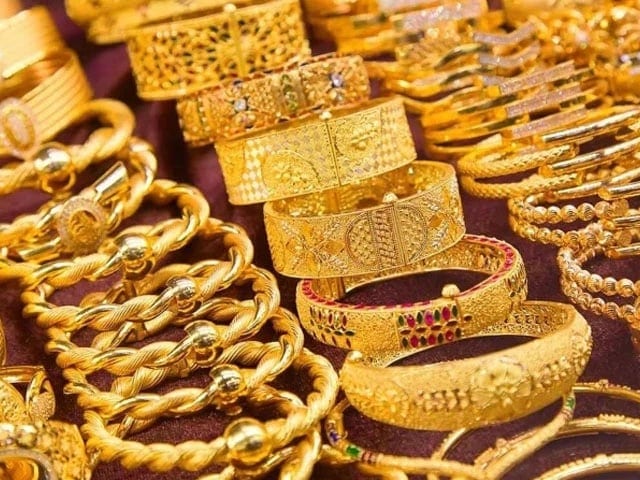UNITED STATES (Web Desk) – A massive demographic shift is underway as more Americans attempt to have children well into their 30s and 40s. Most will succeed, but many collide with the brutality of biology: Infertility now affects one in seven couples.
Couples who struggle to conceive a child are sometimes given the option of using a donated embryo. In the US this is commonly referred to as “embryo adoption”, particularly at Christian clinics, where it is regarded as saving a life – and where the future parents may have to be married and heterosexual to be eligible for treatment.
The couple from North Carolina had the choice of starting in vitro fertilisation (IVF), in which mature eggs are fertilised with sperm in a laboratory. Or they could have tried to adopt a child already in need of a home.
Instead they applied to a specialist Christian fertility clinic in Knoxville, Tennessee – the National Embryo Donation Center (NEDC) – which promised to help them “adopt” an embryo.

Doctors often create extra embryos when a couple undergoes IVF, in case multiple rounds of treatment are needed. But this can leave many left over. More than 600,000 are currently being held in frozen storage in the US, most of them waiting to be used by the couple that created them the next time they want to try to have a child.
Since 1978, when the first “test tube” IVF baby was born, assisted reproductive technology — the term for IVF and related procedures — has taken off. In 2014, some 65,175 babies were born in the United States through these methods.
Today, one-third of IVF cycles in the United States yield extra embryos that will be “cryopreserved.” But only about half of those embryos are actually used for reproduction. The other half — an estimated 700,000 to 1 million embryos — are stored as surplus, frozen in tanks of liquid nitrogen around the country.
Their owners pay annual storage fees of up to $1,000 while they weigh what to do with these embryos. Ultimately, they have a few options: They can use them to try to make more children, discard them, donate them to science, or donate them to other people.
As embryos keep piling up, donation has become more popular — particularly among those pro-life Christians who see embryos as tiny lives, “orphans” stranded by IVF who need to be rescued from an interminable existence in the freezer.
Adoption has long been an alternative option for infertile couples and singles. But in recent years, that process has gotten dramatically more competitive as demand has increased and tighter regulations have decreased the supply of domestic and international children available for adoption. Prospective parents today are looking at up to $50,000 in agency fees and waiting lists of up to five years to get a child.
Embryos may be just a tiny mass of cells, but they are surprisingly hardy, especially those frozen with a technique called vitrification, or “flash freezing.” It’s been the fertility industry’s freezing method of choice since around 2000, and has dramatically increased the survival rate of embryos when they’re thawed for implantation in a woman’s uterus.
Embryos, along with sperm and eggs, can theoretically survive in liquid nitrogen — at a temperature of -321 degrees Fahrenheit — forever. The technology has only been available for three decades, but babies have been born from embryos that were frozen as long as 20 years.














